How New Order Bridged Rock and Dance Music with the Help of Arthur Baker
The Twelve Inch 131 : "Confusion" (New Order)
Welcome, I’m Pe Dupre and this is “The Twelve Inch”, a newsletter that tells the history of dance music between 1975 and 1995, one twelve inch at a time.
If you’ve received this newsletter, then you either subscribed or someone forwarded it to you. If you fit into the latter and want to subscribe, please do so. That way you will not miss a single episode.
From Post-Punk to Dancefloor: The Evolution of New Order Through "Confusion"
We all know the story: Joy Division was poised to be one of post-punk’s major talents until tragedy struck with the death of their enigmatic lead singer, Ian Curtis, in 1980. With his passing, the remaining members—Bernard Sumner, Peter Hook, Stephen Morris, and later, Gillian Gilbert—faced a pivotal decision. Should they dissolve the band or push forward? Their choice to carry on led to the birth of New Order, a band that would revolutionize the sound of the 1980s and beyond. But how did they transition from the dark, brooding tones of Joy Division to the vibrant, electronic pulse of New Order? This week's installment focuses on a key moment in that transformation: the 12-inch single "Confusion," and the role of legendary New York producer/remixer Arthur Baker in helping New Order embrace the dancefloor.
The Turning Point: New Order’s Dive into Dance Music
After Curtis's death, New Order initially retained much of Joy Division’s emotional intensity, but their sound began to evolve. Two key events helped push them in a new direction. First, their gear was stolen while on their first American tour in September 1980. While this might have seemed disastrous at the time, it broke a physical link with their post-punk past. Second, the band immersed themselves in New York’s burgeoning electro and disco scene, spending time in clubs like Hurrah’s and Danceteria. New York’s futuristic music scene became a crucial influence.
Drummer Stephen Morris reflected, “We used to check out the clubs in New York. Hurrah’s was one of them, and Danceteria. The other thing we did in New York was listen to Kiss FM, those Shep Pettibone Mixshows. Half the time we used to just stay in the hotel listening to the radio. We didn’t dance. It takes ecstasy to make a white man dance”
Fun Fact 1 :
At the time, New Order and The Clash were both in New York, staying in the same hotel (check the story of “The Magnificent Seven” & The Clash in episode 114). Despite the similar trajectories of incorporating dance music into their sound, the two bands were never close, a rivalry colored by their respective ties to Manchester and London.
Energized by the emerging dance music scene, New Order began investing in more electronic equipment, including a Moog Source synthesizer, an Emulator II sampler, and an Oberheim DMX drum machine. These instruments were synchronized through a homemade sequencer that Bernard Sumner introduced to the band. This experimentation led to the creation of their groundbreaking 1983 track, "Blue Monday." In doing so, New Order forged a unique fusion between the seemingly opposing worlds of rock and dance music, blending the rebellious spirit of one with the infectious energy of the other.Enter Arthur Baker: The New York Connection
The early 1980s were a period of vibrant musical experimentation, particularly in New York City. Clubs like the Paradise Garage, Danceteria, and the Funhouse + the melting pot of new wave, disco, electro, and early hip-hop were pushing boundaries in ways that British rock bands hadn’t yet explored. On New Order’s second American tour in 1981, they heard Afrika Bambaataa’s “Planet Rock,” an electro track that blew them away. They soon learned that the man behind it was Arthur Baker, one of New York’s most influential producers in the early 1980s, known for fusing electro, hip-hop, and dance music.
Factory Records' New York representative, Michael Shamberg, saw an opportunity and suggested a collaboration between Baker and New Order. While Baker was initially approached to remix "Blue Monday," he suggested working on something entirely new instead.
“Arthur is changing the world! Like you!”, Michael yelled at New Order’s manager. “You Should do a song together”. The challenge was that New Order didn’t have any new material ready at the time, and they had never started a song from scratch in the studio. Recording their fifth single, "Confusion," definitely pushed them out of their comfort zone. The band went to New York, where Arthur Baker placed them in a studio to begin work on the track. However, Baker was still finishing up "IOU" for Freeez and would join them later—much later, in fact. In the meantime, New Order jammed and recorded ideas, accumulating a stack of tapes. When Baker finally arrived, he asked, “What have you got for me”, they pointed at the tapes. Arthur looked at it and said “Right, OK, forget that. We’ll go straight into the studio and write something there”
"Confusion": A Fusion of Styles
"Confusion" was the product of both experimentation and Baker's guiding hand. The track combined elements of post-punk, electro, and early hip-hop, resulting in a bold departure from anything New Order had done before. To test its impact, Baker took the freshly recorded track to Funhouse, a prominent New York club, where DJ John “Jellybean” Benitez played it. It tore the roof off. That’s when they knew they had a great song.
Fun Fact 2 :
The moment Arthur Baker took the tapes to the Fun House was filmed and used as one of the storylines in the song’s official video (see the “So You Wanna Hear More” section)
Why "Confusion" Didn’t Reach "Blue Monday" Heights
Despite its innovative sound, “Confusion” didn’t replicate the massive success of “Blue Monday.” One reason was the timing: “Blue Monday” had already set a high bar with its infectious bassline and pioneering use of drum machines, making it a landmark in dance music. Meanwhile, “Confusion” was more of a niche club track, with its electro-heavy style being less accessible to mainstream audiences at the time.
Additionally, while "Blue Monday" dropped just as electronic dance music was gaining popularity in the UK, "Confusion" leaned heavily into the American electro scene, which was still largely underground.
However, "Confusion" was a hit in New York’s club scene, thanks to Arthur Baker’s influence. It also marked a key step in New Order’s evolution, bridging the gap between post-punk and dance music. “Confusion” was also one of the first twelve inches that introduced a new version, apart from the extended mix : A Dub mix. Dub mixes would be a staple of most of the eighties twelve inches.
Why Did Dub Mixes Become Popular in 1980s Dance Music?
Influence on early electronic music: Dub’s studio techniques, particularly its emphasis on reverb, delay, and sound effects, became a major influence on the development of early electronic and dance music. Remixers and producers were inspired by dub’s innovative approach to manipulating sound. The advent of new tools like sequencers allowed them to channel that creativity into groundbreaking, genre-defining tracks.
Extended remixes for DJs: Extended dub mixes were an ideal fit for nightclub and DJ culture. By often stripping away vocals and allowing for more improvisation in the sound, dub mixes offered DJs greater flexibility to experiment. This approach quickly became a staple in dance music, with extended remixes setting the standard for club records, largely thanks to the influence of dub techniques.
The rise of remix culture: The 1980s witnessed the rise of remix culture, where songs were reimagined—often incorporating dub techniques—to cater to the growing club scene. Dub mixes gave DJs the freedom to customize tracks, extending the groove or highlighting specific instrumental sections, making the music feel fresh and dynamic during live sets. This approach was especially influential in the early electro movement.
What If Ian Curtis Had Lived?
New Order’s dive into dance music raises an intriguing question: would Joy Division have followed the same path had Ian Curtis lived? I think they would have. The band’s introduction to electronic music had already begun before Curtis's death, with Ian himself introducing them to Kraftwerk, playing their records before rehearsals and live performances. It was this exposure that led New Order to discover Italo disco and pioneers like Giorgio Moroder.
Without Donna Summer’s "Our Love," Sylvester’s "You Make Me Feel (Mighty Real)," and Sparks’ "No.1 Song in Heaven," there would be no “Blue Monday.”
Furthermore the band wasn’t bothered by the Joy Division legacy and the expectations of their fans. “We’re not really here to represent the needs of our fans, we’re here to write music. Music that we want to write not live up to someone’s ideals” That was the answer Bernard Sumner gave in a 1983 interview when the journalist asked if they thought that people, that followed them through Joy Division, would be disenchanted with the danceability of the New Order songs.
As detailed in Peter Hook’s book, the recording of "Blue Monday" came after New Order’s second US tour, where they were exposed to early electro and hip-hop. "Confusion" was recorded shortly after "Blue Monday," marking a quick follow-up in their exploration of dance music. In 1982, the band also became partners in Factory Records' newly opened Manchester nightclub, The Haçienda, further signaling their deliberate shift toward electronic music and dance culture.
Legacy of "Confusion"
“Confusion” didn’t just represent a pivotal moment in New Order’s career—it was a crucial step in the fusion of post-punk and dance music that would shape the decade. Its influence can still be felt today, not only in the music that defines the era but also in the way genres continue to blend.
Do you remember hearing “Confusion” for the first time? Whether it was on the dancefloor or at home, I’d love to hear your thoughts and memories. Share your experiences, and don’t forget to check out this week’s Mixcloud mixtape, featuring “Confusion” and other iconic (electro) tracks from this transformative period in dance music.
Further reading (or should I say watching)
There are a number of interesting video’s/links :
A 1983 interview on becoming a “dance band” (and the music journalist was clearly not a fan)
So You Wanna Hear More ?
I thought you would !
It’s fun to write about music but let’s be honest. Music is made to listen to.
Every week, together with this newsletter, I release a 1 hour beatmix on Mixcloud and Soundcloud. I start with the discussed twelve inch and follow up with 10/15 songs from the same timeframe/genre. The ideal soundtrack for…. Well whatever you like to do when you listen to dance music.
So what’s in this week’s mix ?
This week’s mix takes you deep into the world of early '80s electro, spotlighting an array of Arthur Baker's iconic productions and remixes. The first half hour is a masterclass in the art of the dub version, showing how these remixes were used to craft extended versions with fresh, inventive twists. The first six tracks seamlessly blend dub and extended versions, highlighting the creativity of this era. You'll also hear prime examples of electro’s influence on pop, including Robin Gibb’s "Secret Agent Man" and Arthur Baker’s powerful remix of Face To Face. Get ready for an electrifying journey through a pivotal moment in music history!
Enjoy !
Next week I travel to Philadelphia and one of the all time classic disco songs
·





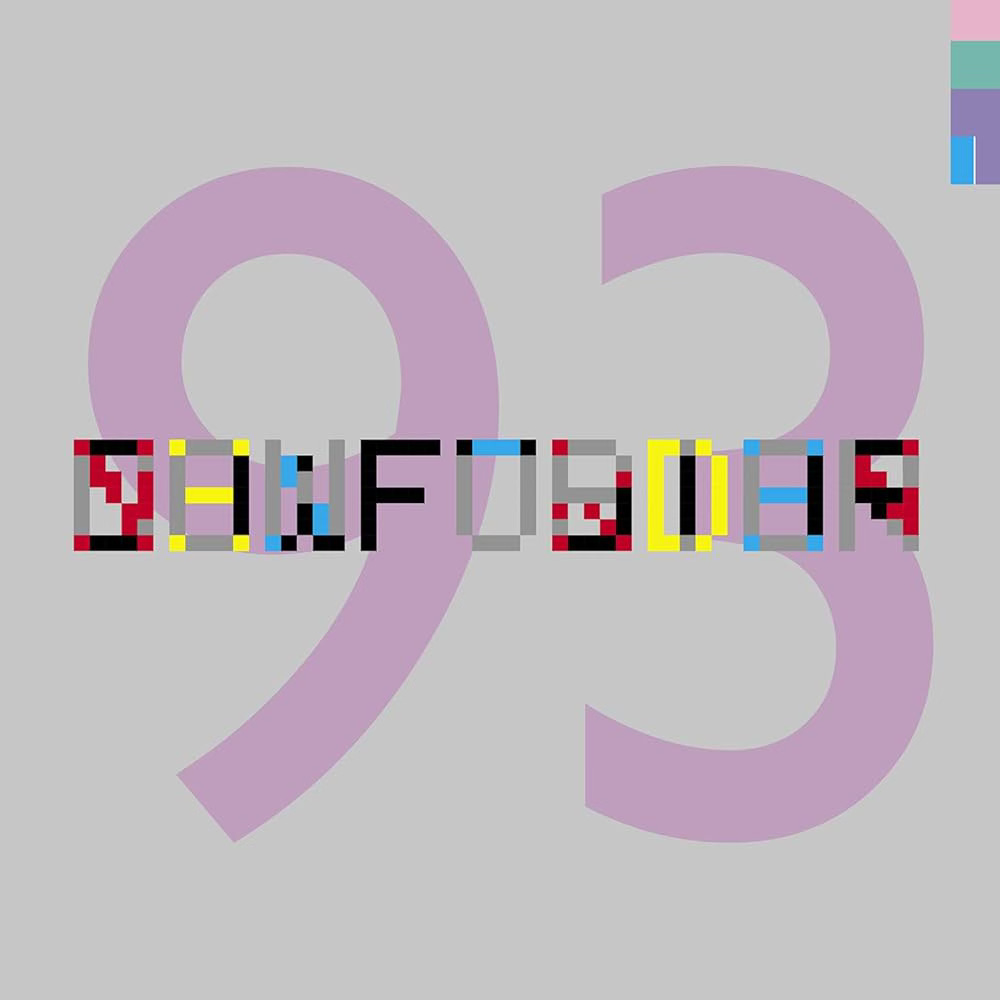
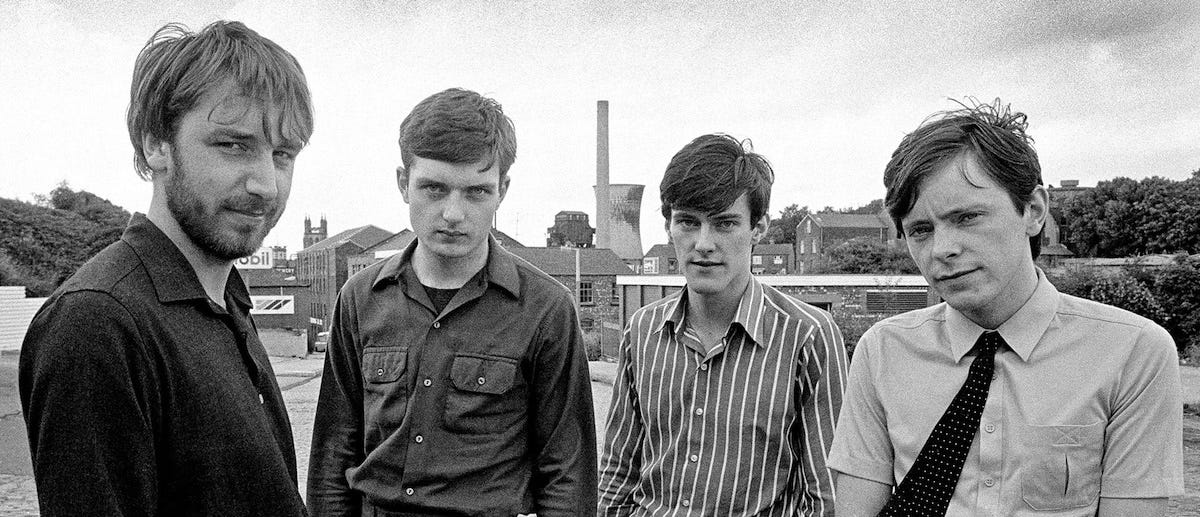

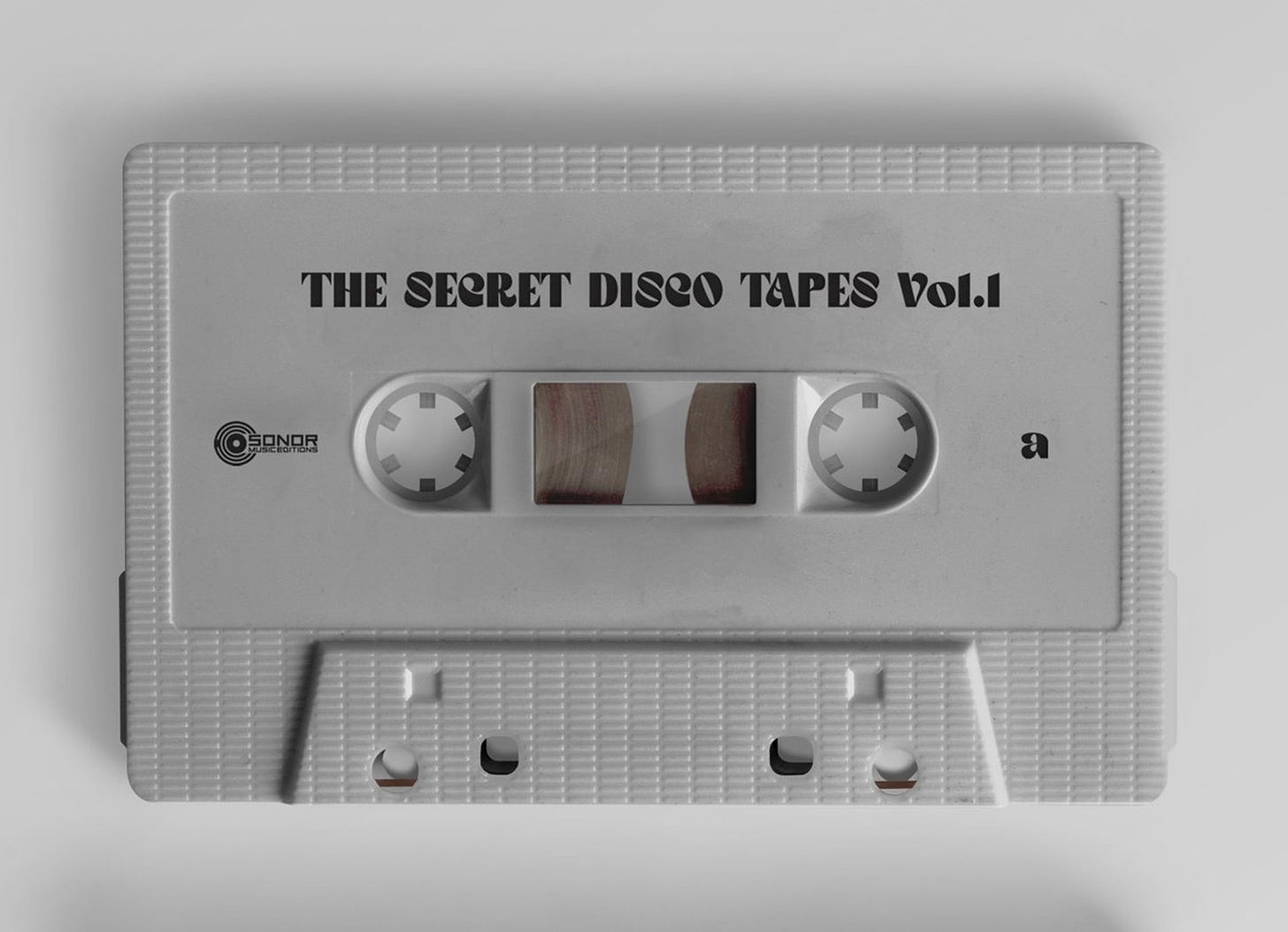
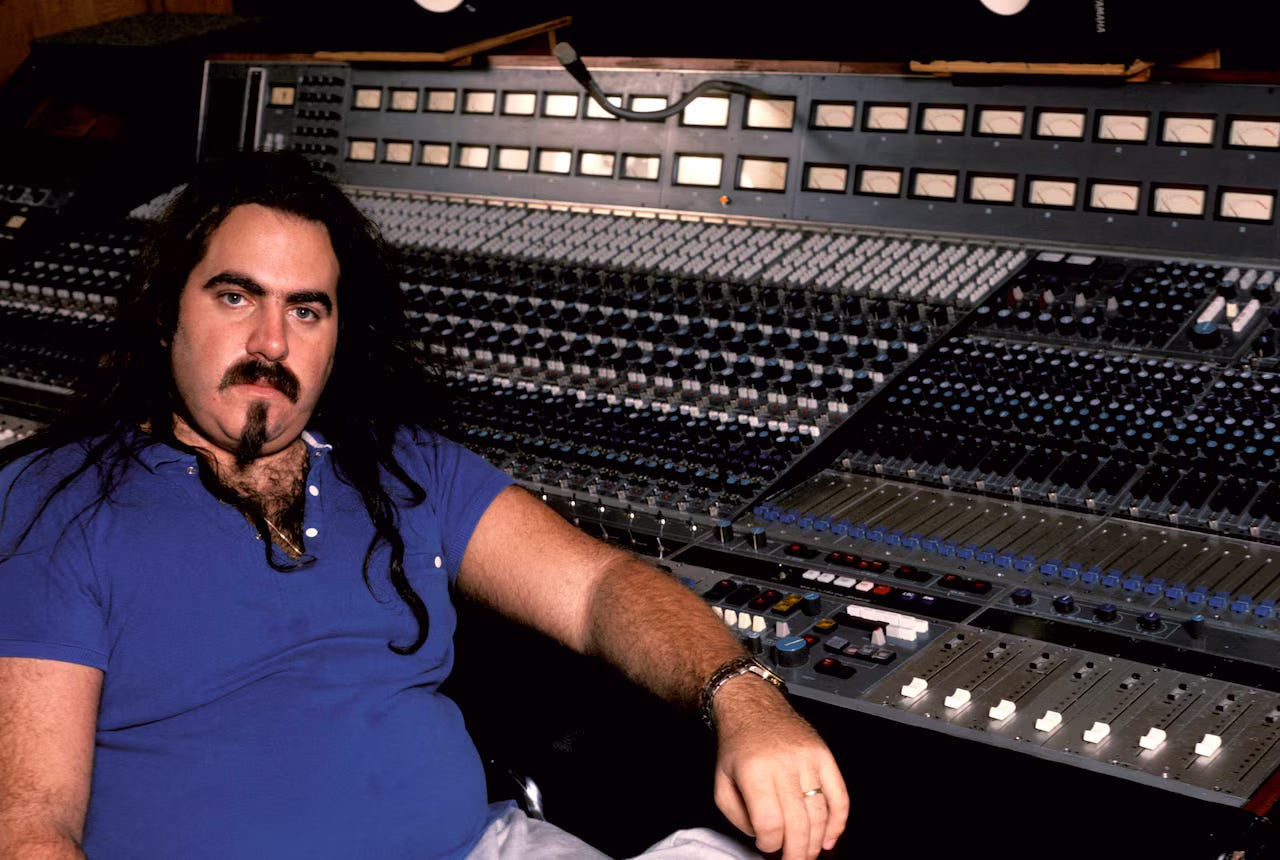
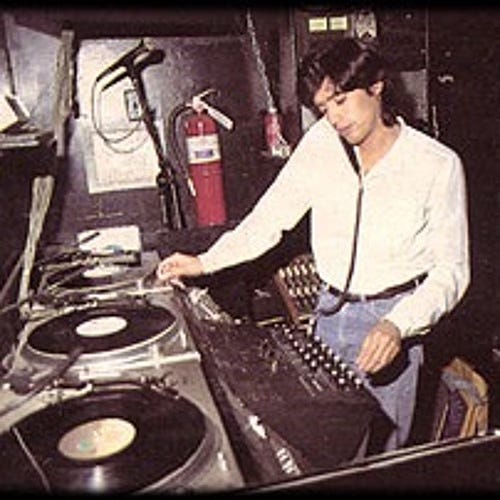
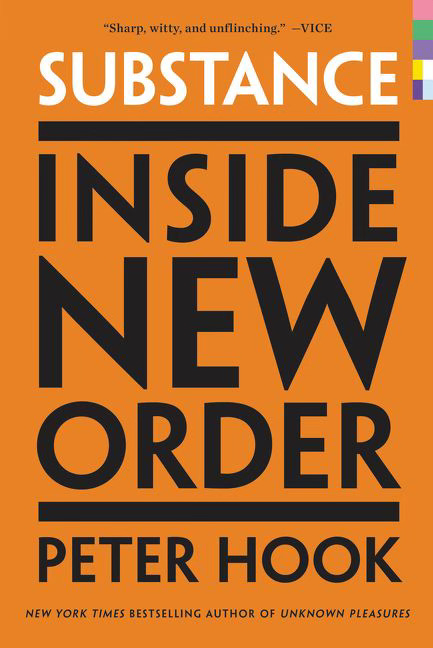
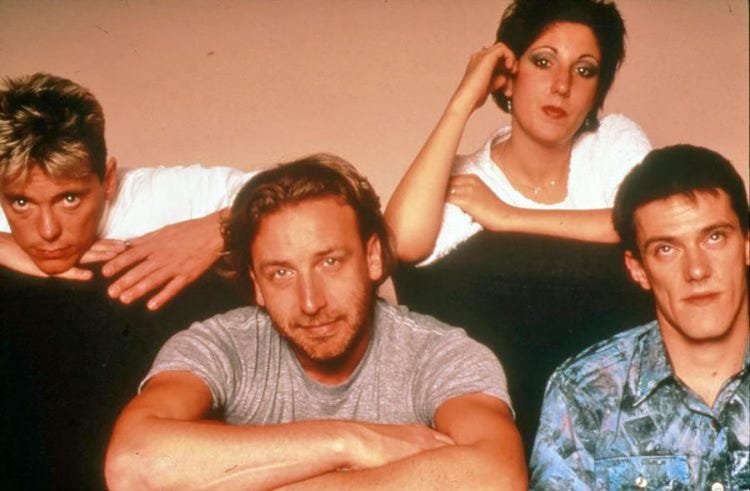
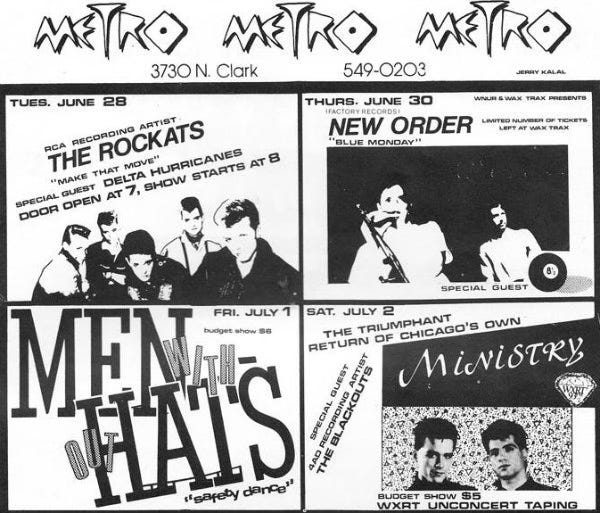
Hot Mix of the Week! Those electro tracks still sound exciting to me 40 years on! I hadn't heard Face To Face Under The Gun for ages and that blast of the Two Sisters reminded me I used to have their one and only album, released in Britain on Morgan Khan's Streetwave label. I love Liggett and Barbosa's production work for Shannon and on Robin Gibb's Secret Agent album, but hadn't heard Jay Novell before, so thanks for that (his one and only album isn't even on Youtube!). Other Favourites include C.O.D's version of Uphill Peace of Mind, even better than their cover of In The Bottle I think, Xena's On The Upside and Cindy Myzelle's This Could Be The Night. I like my electro on the pop tip!
I think the first time I heard Confusion is when I saw the video on The Chart Show. I and many others here in Manchester found it easy to follow New Order’s evolution from Joy Division as we as a city evolved from the grey 70s into the Technicolor 80s. Interesting piece and great Mixcloud mix too!